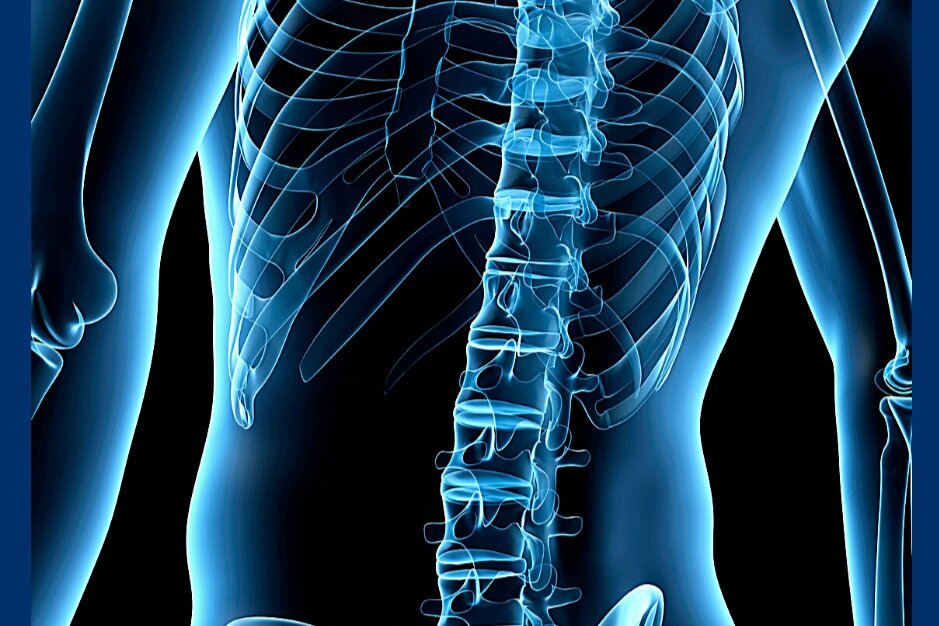Restoring Spinal Health with Physical Therapy
Your spine supports your body in all your daily activities and movements with nearly every movement originating from the spine. It’s critical to care for and strengthen the upper and lower spine for optimal function and to prevent injury. Back and neck pain are among the most common musculoskeletal spine-related injuries, often related to mechanical issues in the lumbar and cervical spine. Physical therapy can treat spine-related issues and restore strength and stability in the spine safely and effectively.
Why Spinal Health Matters
The spine protects the spinal cord and associated nerve roots, provides structural support and balance to maintain an upright posture, and enables flexible motion. The spine is part of the neuromusculoskeletal system, which is comprised of the spinal cord, spinal muscles, nerves, intervertebral discs, spine vertebrae, tendons, and ligaments. The nervous system uses the spine to transmit sensory information between the brain and the rest of the body. Damage to the spine can interrupt these neural responses and negatively impact transmission of sensations throughout the body.
The benefits of good spine health include increased energy levels, decreased wear and tear on joint surfaces, less tension in shoulders and neck, reduced lower back pain and TMJ pain, improved circulation and digestion, fewer headaches, and better form during workouts.
Common Spinal Conditions Treated by Physical Therapy
Disorders or injuries to the spine affect nearly 80% of the American population at some point in their lives. Most mechanical spinal pain is related to poor posture and alignment, improper body mechanics when bending, lifting, sitting, or sleeping, lack of muscular strength around the spine, and poor flexibility and muscle coordination.
Physical therapy can treat the following spinal conditions:
Degenerative disc disease
Herniated disc
Spinal Stenosis
Scoliosis
Spondylosis
Lumbar and cervical strains
How Physical Therapy Can Restore Spinal Health
Physical therapists are biomechanical experts who offer a non-operative treatment for spinal disorders to achieve optimal spinal health and alleviate pain. A physical therapist starts with an evaluation of the patient’s current condition to identify the source of the spinal issue and assess the patient’s current level of strength, mobility, and flexibility. The treatment program is then based upon the evaluation to improve strength, mobility, and flexibility of the lumbar and cervical spine and decrease pain.
Physical therapy treatment for spinal issues involves spinal stabilization by strengthening the abdominal, trunk, and back to improve the strength, endurance, balance, and control of these muscle groups. As the core and back muscles grow stronger and more flexible, the joint-loading forces of the spine are stabilized by the muscles and less stress is placed on injured discs or ligaments, decreasing overall pain and inflammation.
Treatment can also include manual therapy and joint mobilizations to decrease pain and improve the mobility and flexibility of the spinal region. A physical therapist also provides posture and biomechanics instruction as well as gait and balance training.
